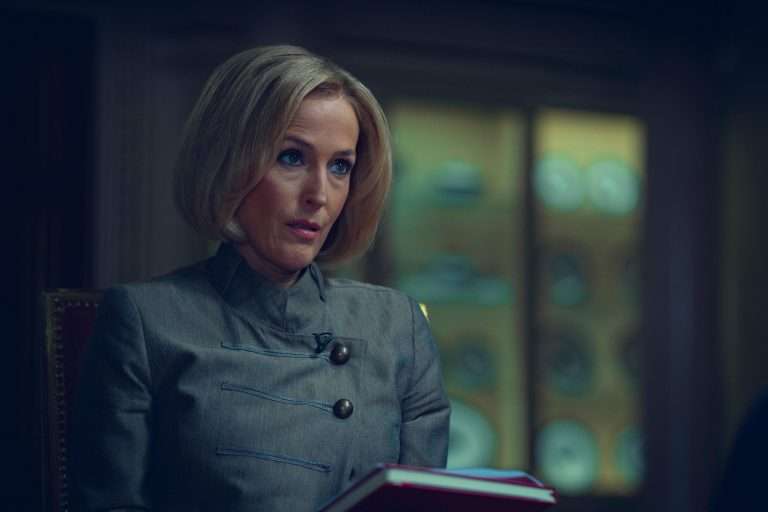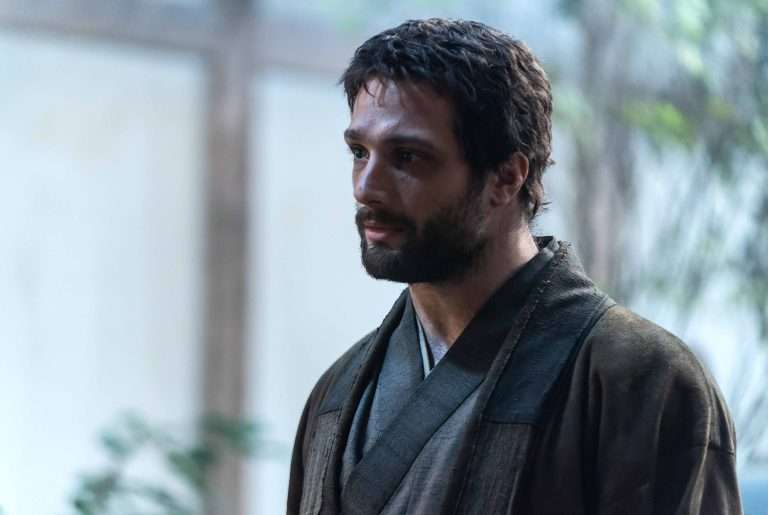When John Landis conceived this bizarre yet oddly familiar tale of two Americans encountering the ancient werewolf myth in damp, old-world London, he was merely a production assistant observing an occult Yugoslavian ritual during the filming of “Kelly’s Heroes.” The idea lingered for over a decade. Like most dream projects shelved by a cautious industry, “An American Werewolf in London” (1981) only became viable once Landis had delivered crowd-pleasing, studio-approved comedies—the clearest being “The Blues Brothers.” Only then did PolyGram Pictures finally hand him the ten million dollars to make the horror-comedy he had always imagined.
And when it arrived, the film burst forth as one of the director’s most honest, infectious works. Its aesthetics and narrative language unmistakably pulled from classic horror and comedy—its title a fusion of “An American in Paris” (1951) and “Werewolf of London” (1935). But this was no pastiche. “An American Werewolf in London” mutated and evolved into something wholly its own through sheer precision in how it borrowed, referenced, and built. Despite being a mid-career project, it felt like a debut: wide-eyed, hungry, and electric.
As eccentric as the youths it portrayed—and clearly marketed to—it moved like its own cursed transformation, sharp and unpredictable. It name-dropped “The Wolf Man” (1941), turned “The Alamo” (1960) into a private joke, and soundtracked itself with cheeky versions of “Blue Moon” by Bobby Vinton and The Marcels. This was a time when camp cinema hadn’t fully processed its own campiness, and the film’s sly knowingness stood out like a thunderclap.
Looking back, a lot of it still holds. Horror-comedy as a subgenre has often leaned on spoof and satire, but in today’s landscape, the humour tends to be feather-light and low-stakes. What makes “An American Werewolf in London” feel refreshing today is its biting black-comedic core, and how it weaponises compression—packing immense satirical weight into brief, almost throwaway moments.
Its ability to still function as a film about the young, attractive American coming-of-age, without ever pretending to be delicate about it, is something modern genre films rarely attempt in their early drafts. It dares to be unsentimental, horny, and grotesque—all at once. Sure, the narrative could’ve been thicker. “The 1980s” is never an excuse for not going deeper or refusing to stretch across both genre halves with more elasticity.
But to say the film didn’t add texture to genre cinema—or that it didn’t dazzle while doing so—would be an overstatement. This was, and still is, a crackling piece of entertainment that carved a new space for tonal collision and cinematic risk. Here, then, is our attempt to break it down.
An American Werewolf in London (1981) Movie Plot Summary and Synopsis:
Two American graduate students from New York City, David Kessler and Jack Goodman, are backpacking across the North York Moors. As night sets in, they stop at a remote pub called The Slaughtered Lamb. Inside, Jack notices a five-pointed star marked on the wall. When he asks about it, the mood turns cold, and the locals grow hostile. Feeling unwelcome, the pair leaves.
One of the pub-goers warns them to stick to the road, avoid the moors, and beware the full moon. Ignoring the warning, David and Jack stray off the path and into the moors, where they’re attacked by a violent creature. Jack is brutally killed, and David is left badly injured. Before blacking out, David sees the beast gunned down by some of the pub-goers—only to discover it’s not a creature anymore, but a naked man lying dead beside him.
Where does David wake up?
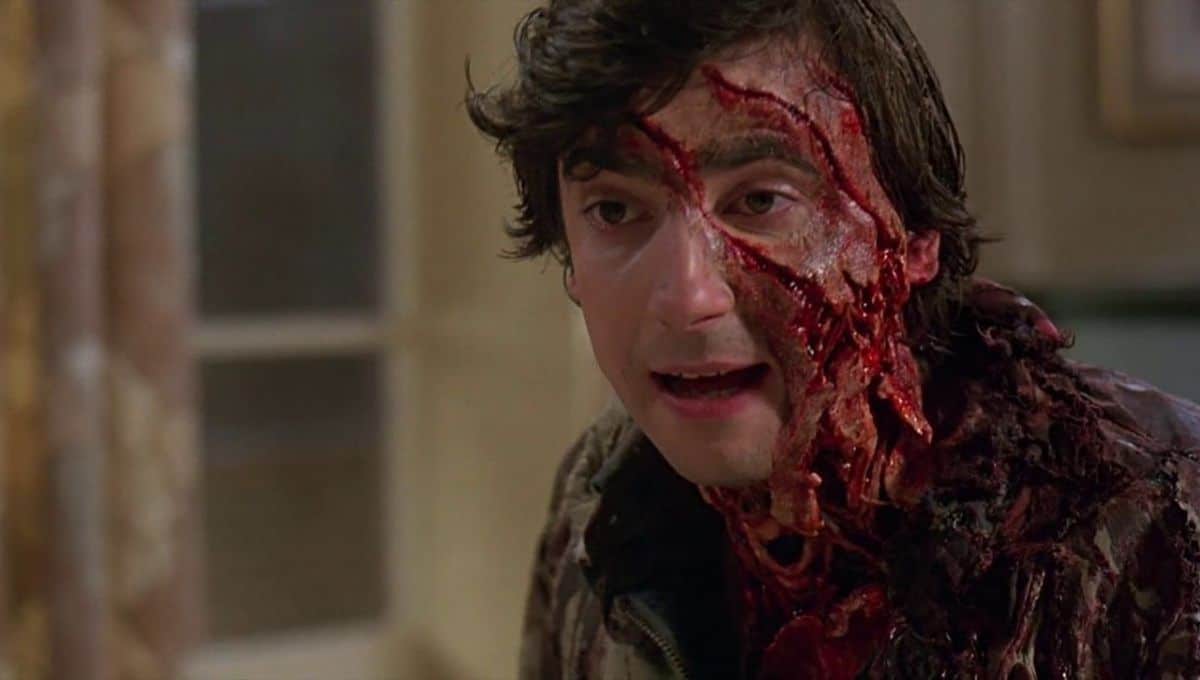
David wakes up three weeks later in a London hospital. Inspector Villiers informs him that, according to the locals, the attacker was an escaped mad person. David insists it was a wild animal, a rabid dog or wolf. During his recovery, a nurse named Alex Price begins to develop a romantic attachment to him.
What does Jack tell David?
Soon after, Jack reappears—undead and visibly mutilated. He tells David they were attacked by a werewolf. Since David was bitten, he too is cursed to become one. Jack explains he’s trapped in limbo, unable to move on until the bloodline of the werewolf that bit them is severed. He begs David to kill himself before the next full moon, to prevent anyone else from being harmed.
What does Dr. Hirsch discover?
Dr. Hirsch, suspecting something strange, travels to The Slaughtered Lamb. The villagers stonewall him, claiming no knowledge of the incident. But one guilt-ridden local pulls him aside and warns that David will be a danger to others once he transforms.
What happens to David under the full moon?
After being discharged, David moves in with Alex. She grows increasingly concerned about his mental state, as David begins to experience intensely vivid dreams and hallucinations. His sexual appetite becomes unnaturally heightened, and he seduces her. Jack appears again, now further decomposed, to warn David that the full moon is approaching. He pleads with David once more to take his own life. David refuses. That night, under the full moon, he undergoes an agonizing transformation into a werewolf inside Alex’s flat.
An American Werewolf in London (1981) Movie Ending Explained:
What does David do after realizing he’s the killer?
He runs rampant through London, killing six people across various locations—including the Underground. The next morning, David wakes up nude inside the wolf enclosure at the London Zoo, with no memory of the previous night.
He makes his way back to Alex’s flat in horror. Realizing he’s the one responsible for the murders, David heads to Trafalgar Square and tries to get arrested. When that fails, he calls his family to say goodbye and attempts to slit his wrists, but can’t go through with it. Jack, now skeletal, appears to him outside an adult cinema. Inside, Jack introduces David to the ghosts of his victims, who angrily offer various methods of suicide to free themselves from undeath.
How does David die?
David transforms again inside the theatre, where he kills Inspector Villiers and causes a mass panic. As he runs through the streets, several motorists and pedestrians are killed in the chaos. Cornered in an alleyway by armed police, David is found by Alex, who runs to him and tries to reach the man inside the monster by telling him she loves him. For a brief moment, David recognizes her—but the beast lunges, forcing the police to shoot him dead. He reverts to human form as Alex watches and mourns.
An American Werewolf in London (1981) Movie Themes Analysed:
Lycanthropy as Puberty, Sex, and Shame
“An American Werewolf in London” wears the genre tropes of a standard horror film, peppered with cheeky bursts of comedy, but at its core, it’s unmistakably a coming-of-age story. One could go as far as to say that the young adult psyche is its true subject, even though the fact that it dissects this impressionable phase remains unputdownable.
Consider, for instance, how David’s transformation into a werewolf is rendered in the most grotesque, painful, and hyper-physical sense—there’s no magical glamour here, just raw, unsanitised body horror. The sudden sexual urge, the spontaneous hair growth, the confusion laced with both self-loathing and the desire to consume everything around—it all plays out like a coded teenage spiral.
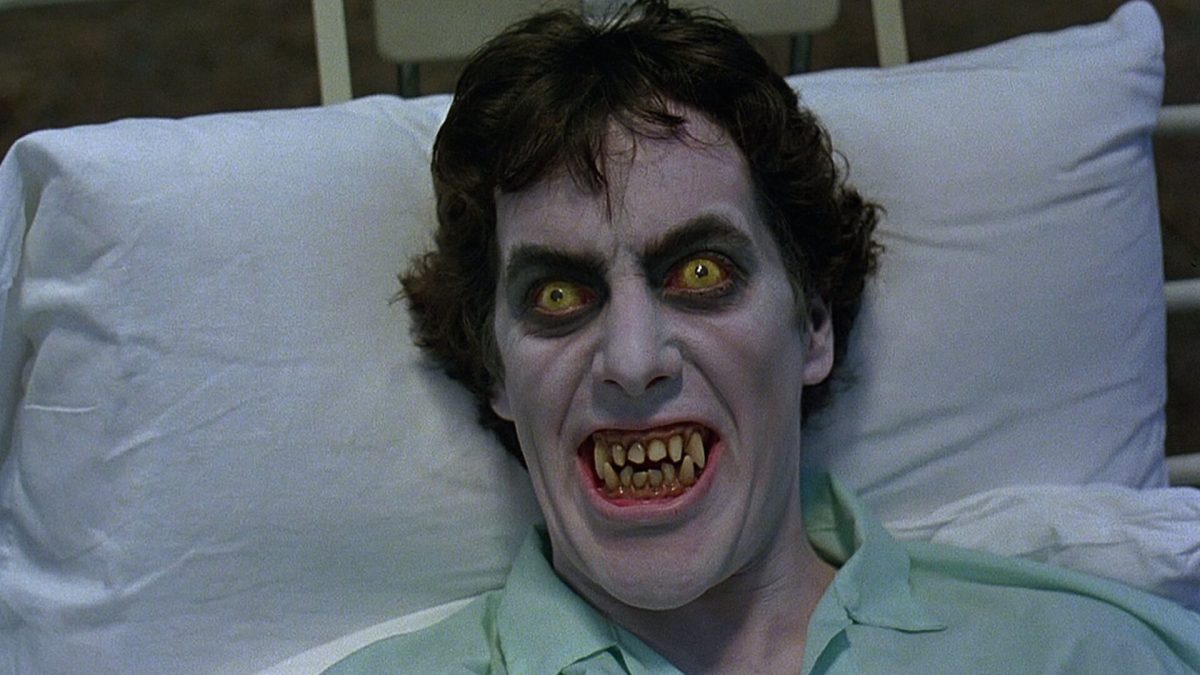
This very thread also defines the black comedy tone of the film at large. Because David isn’t a man cursed by the moon—he’s a boy cursed by adulthood, unsure how to metabolise its chaos. The werewolf isn’t just a beast; it’s a hormonal trainwreck with claws. And by the end, it crashes out violently, just as the loss of innocence often erupts quietly and irreversibly around all of us.
The Haunting of the Modern Mind
Across the film’s second and third acts, the most grounded and rational voice belongs to Dr. J.S. Hirsch, who steadily insists that the real horror may not lie in folklore but in the terrifying possibility that David is simply unraveling.
Think about it: for a twenty-something, cocky, conventionally attractive boy-man cracking jokes about fucking damsels in Rome with his best friend, getting stranded in the bleak moors of rural England, and watching your homie get shredded apart is enough to lodge deep, undiagnosed PTSD. The film’s darkly comic repackaging of this trauma as “overexcitement” (but that’s just how that boy is) is cutting and deliberate.
Time and again, the film suggests that this might all be happening inside David’s psyche. His scenes in the hospital, which should be mundane, are intercepted by hallucinations, warped dreams, and waking visions of his decaying best friend nudging him towards suicide. The survivor’s guilt grips his mind like fever grips the lungs—thick, immobilising, and quietly consuming, as it often does for those who’ve brushed against death and lived to regret it.
There’s no superficial social messaging here about witch-hunting or superstition. Instead, the film folds into an older tradition—one where mental illness and monsterhood are metaphorically entangled, bleeding into each other until trauma becomes myth and dissociation wears claws.
The American Alienation in British Gothic
Right from the title, “An American Werewolf in London” sets up its cultural clash—this isn’t just about horror. It’s about geography, entitlement, and the awkwardness of the American ego bumping into old-world mystery. David and Jack march into the North York Moors with touristy bravado, cracking jokes, poking at symbols, and expecting familiarity in a place that thrives on silence, distance, and superstition. Their Americanness becomes their blind spot—loud, casual, and woefully unprepared for the eerie restraint of British gothic tradition.
The film doesn’t position this contrast as accidental. Jack’s quippy irreverence and David’s sexual nonchalance feel misplaced in a setting carved out of haunted stillness. The Slaughtered Lamb itself becomes an allegory—locals bound by inherited terror, forced to tolerate transient outsiders who can’t read the room. In a way, the werewolf is less a supernatural curse and more a cultural reprimand—an ancient world biting back at modern arrogance. David doesn’t just get bitten by a creature; he’s swallowed by a world he never tried to understand.


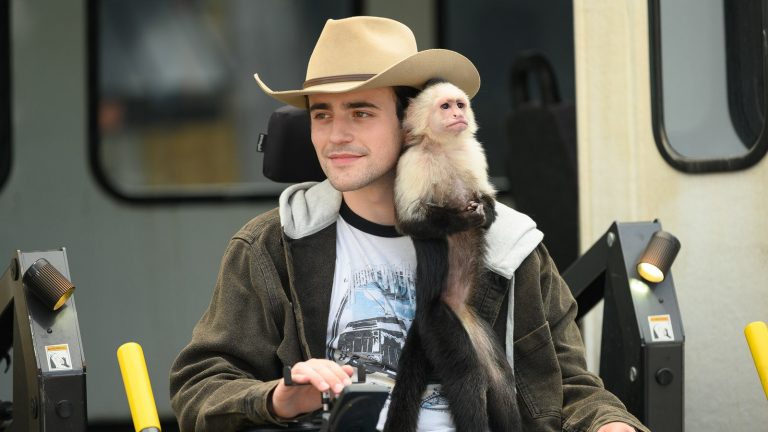
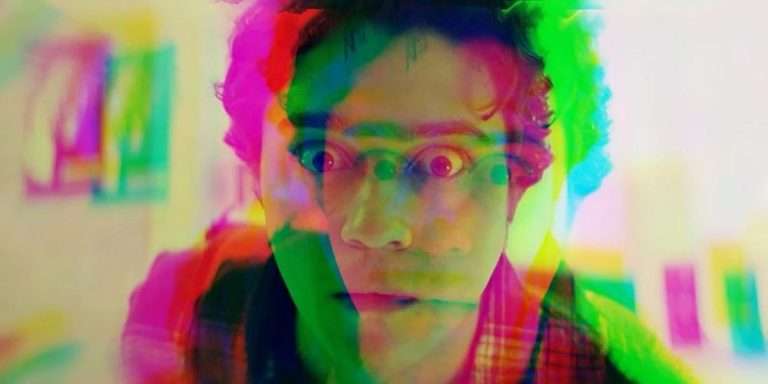
![Local Hero [1983] Review – An Immensely Enjoyable Scottish Dramedy](https://79468c92.delivery.rocketcdn.me/wp-content/uploads/2018/10/Local-Hero-1983-768x432.jpg)
